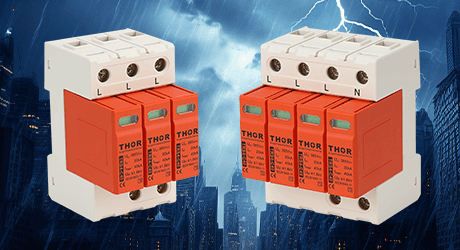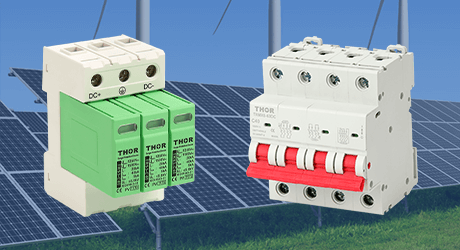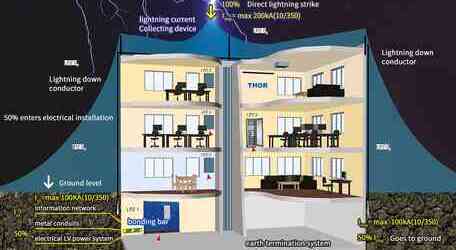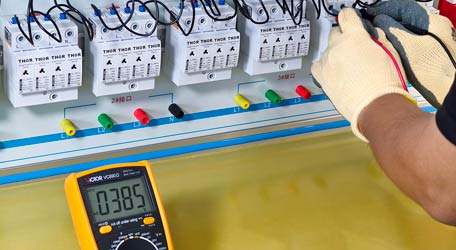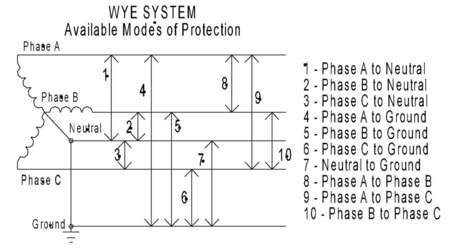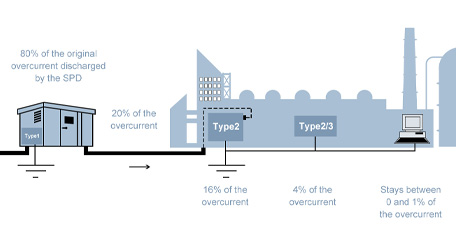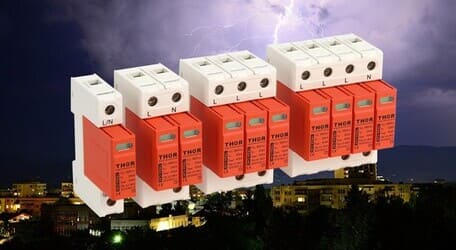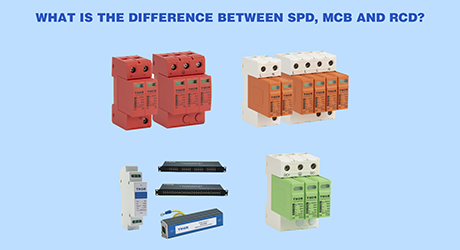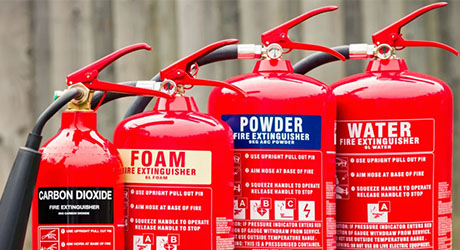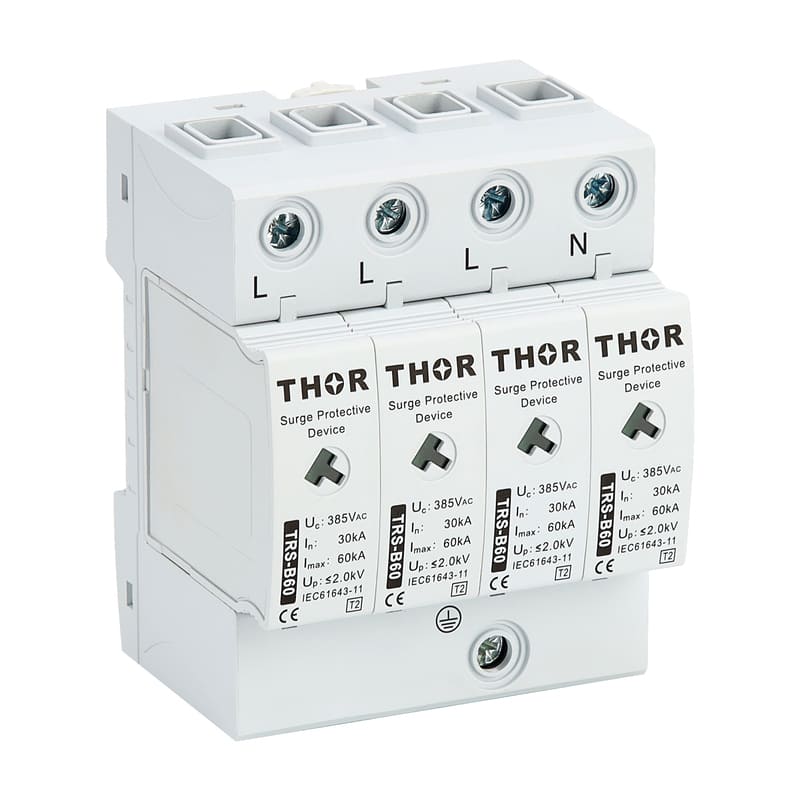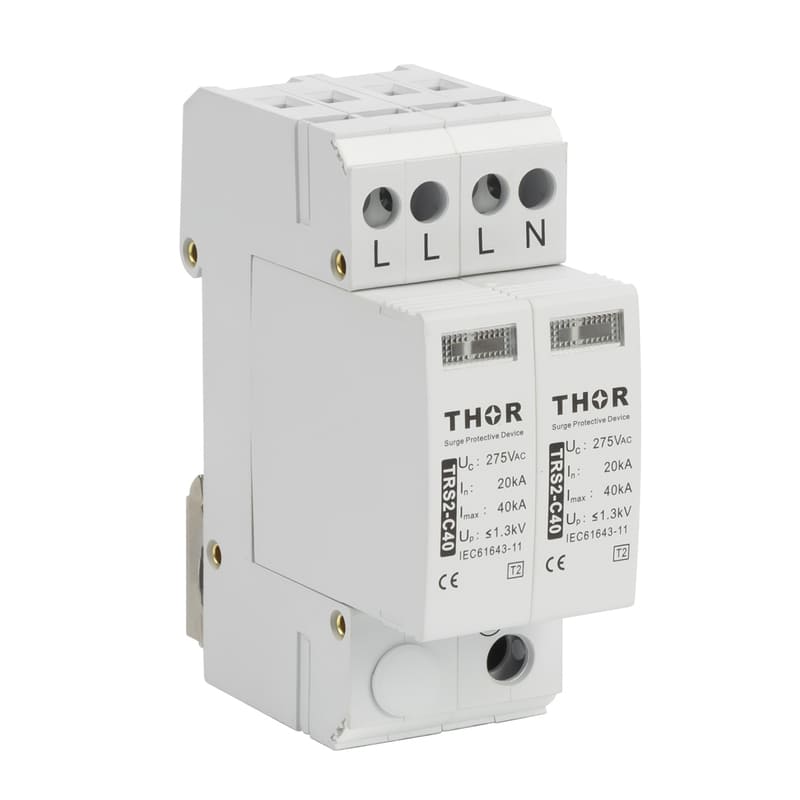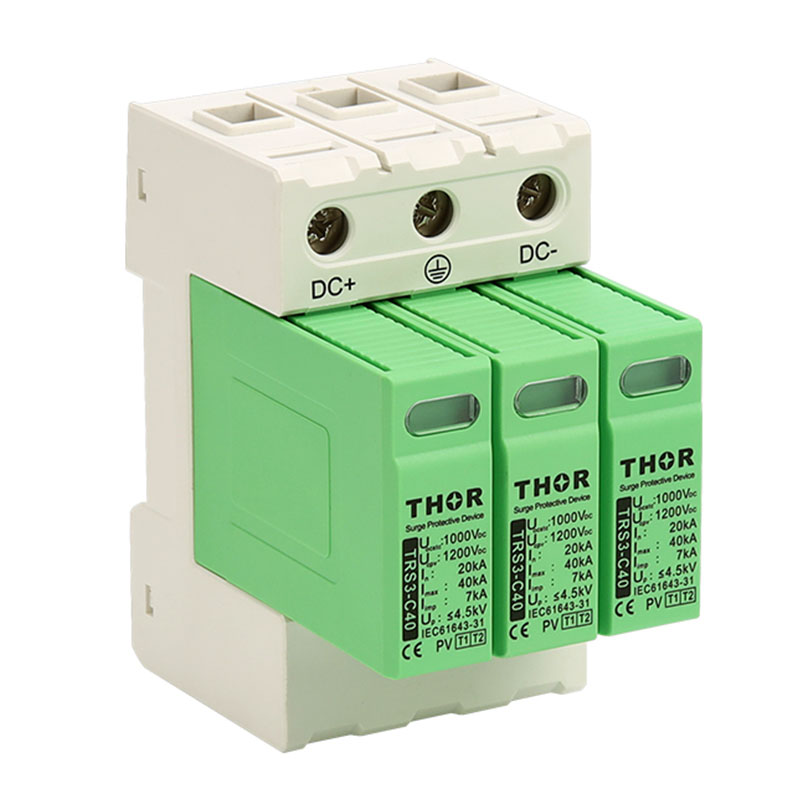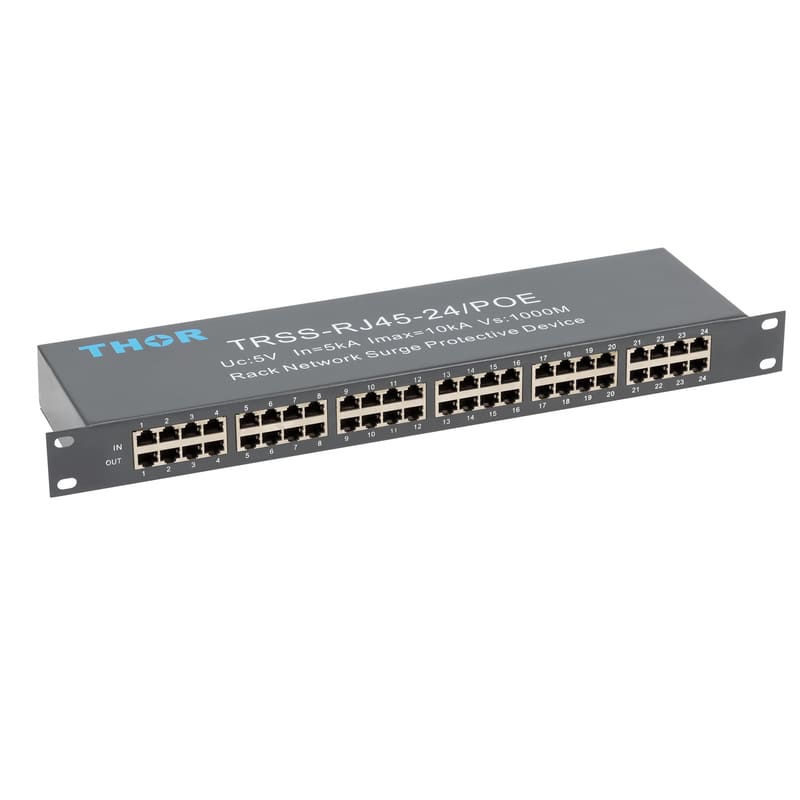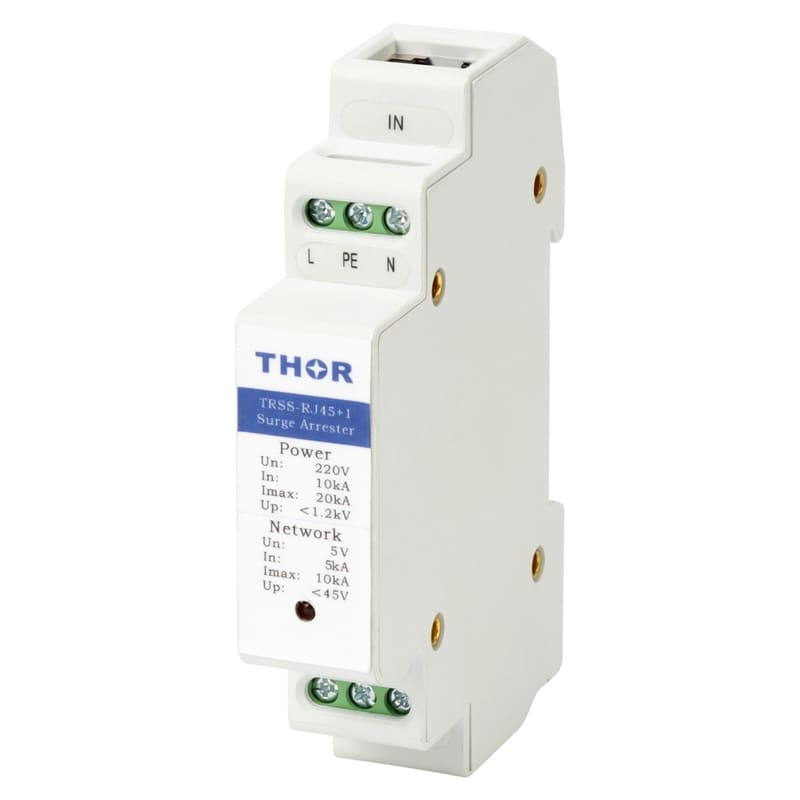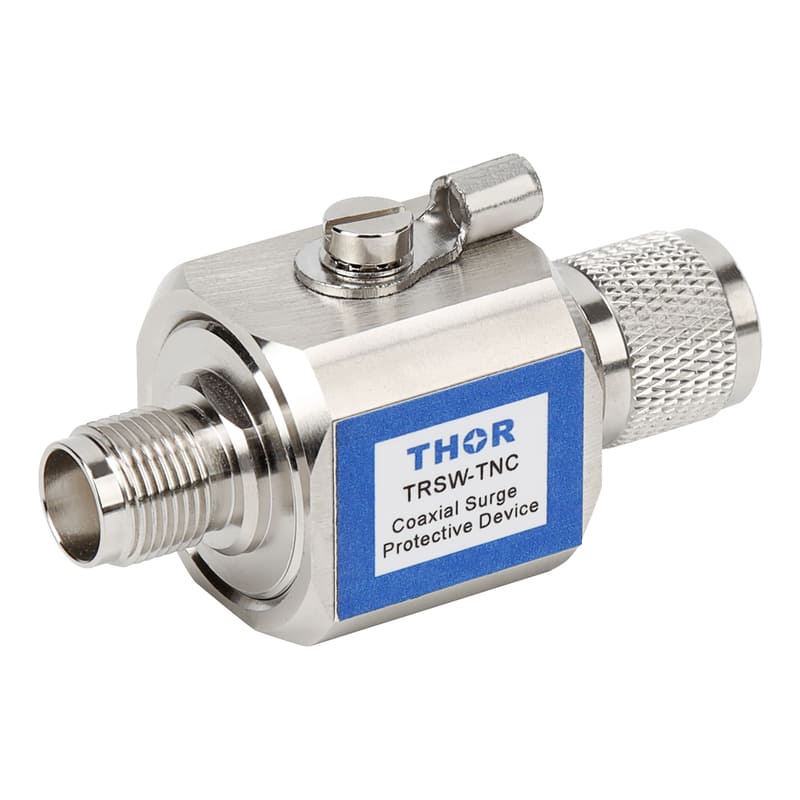In today's energy landscape, we are rapidly transitioning from traditional fossil fuels like gas, oil, and coal to green and sustainable energy sources. The installation of industrial solar panels, large-scale PV farms, and residential solar roofs is expanding at an unprecedented pace, marking a transformative shift in how the world generates power.

Professional solar installer
In this context, where the adoption of solar energy is accelerating rapidly, the importance of ensuring the safety of solar facility installations cannot be overstated. This encompasses not only the proper functioning and longevity of solar equipment but also, and more critically, the safety of personnel involved in the installation process.
Importance of safety equipment for solar installation
Solar panels are often deployed on a considerable scale, harnessing solar energy to generate electricity. As a source of direct current (DC) power, which can be converted to alternating current (AC) using an inverter, they have the capacity to produce significantly more energy than typical electrical appliances. The substantial energy output makes them a powerful tool for renewable energy systems, but it also poses significant risks if not handled properly.
If solar panels are improperly installed or handled during setup, they can cause catastrophic damage to the photovoltaic (PV) equipment resulting in costly repairs but also leads to downtime, impacting the overall efficiency and reliability of the solar energy system. Moreover, the high voltage and electrical currents involved can pose serious risks to installation personnel, potentially leading to irreparable harm or even fatal injuries.
Personal protective equipment
Solar installation poses significant safety challenges, including electrical hazards like electrocution from live systems, falls from heights due to rooftop work, and equipment-related risks such as fires from faulty wiring or overheating panels. Additionally, physical strains from lifting heavy panels and exposure to extreme weather conditions are common concerns.
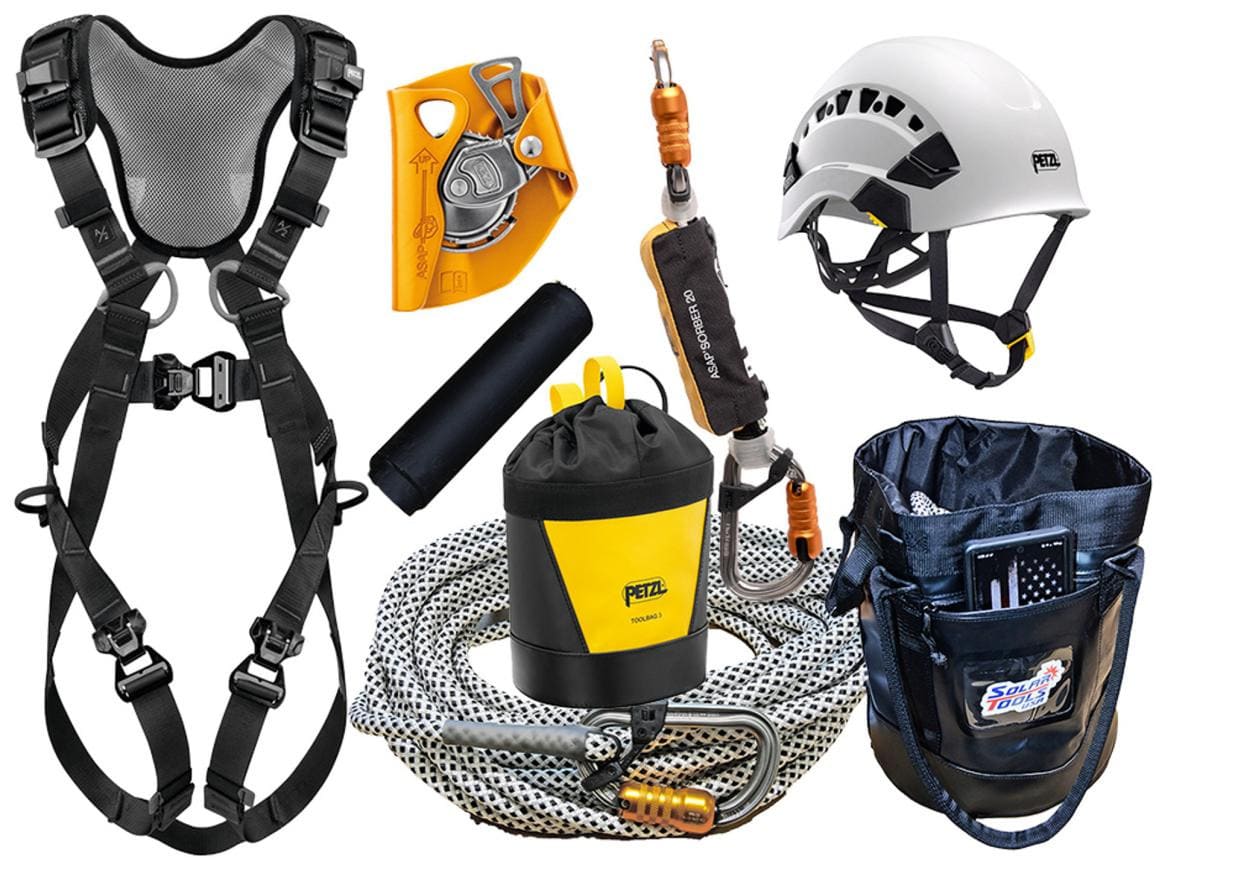
Essential solar installer personal protective equipment(PPE)
I. Exposure protection
When installing solar panels, exposure protection is vital for solar installers, as prolonged exposure to extreme weather conditions, such as intense sunlight and heat, can lead to severe health issues like heatstroke and skin damage, emphasizing the need for adequate protective gear and safety measures.
● Hard Hat: ANSI/ISEA-certified hard hats (e.g., Type I, Class G) use high-density polyethylene shells and adjustable suspension systems to absorb impacts from falling tools, debris, or collisions with low-hanging equipment. Critical for rooftop solar work, they shield against traumatic injuries in environments with cranes, scaffolding, or overhead electrical hazards.
● Cut-Resistant Gloves: ANSI A3-A9-rated gloves feature stainless steel mesh or Kevlar® liners paired with rubberized palms for grip and insulation (ASTM D120-18). These protect against lacerations from sharp panel edges, punctures during racking assembly, and electrical shocks (up to 500V) while handling live wires or junction boxes.
● Safety Goggles: ANSI Z87.1-compliant polycarbonate goggles with UV-resistant, anti-fog coatings seal tightly to block airborne silica dust, metal fragments, and sparks from angle grinders. Tinted lenses reduce glare from reflective panels, preventing eye strain and retinal damage during prolonged outdoor installations or welding tasks.
● Steel-Toe Boots: ASTM F2413-18-rated boots combine composite/steel toes, dielectric soles (18kV insulation), and slip-resistant treads (SATRA TM144-certified). Designed for steep rooftops, they prevent falls, crush injuries, and electrocution while offering ankle support and puncture-resistant midsoles for navigating uneven surfaces or exposed rebar.
● High-Visibility FR Apparel: NFPA 70E-compliant arc-rated (ATPV ≥7 cal/cm²) coveralls blend flame-resistant cotton/Nomex® with retroreflective striping. These resist ignition from electrical arcs or inverter fires, enhance visibility in low light, and include moisture-wicking layers to reduce heat stress during long hours of panel installation or wiring.
Compliance with NFPA 70E standards for electrical fire safety makes sure equipment and procedures align with industry best practices. Regular drills simulating scenarios like battery thermal runaway or arc flash incidents prepare teams to act swiftly, minimizing damage and injury.
II. Fall Protection
When the installation involves PV roof panels, fall protection is an absolutely crucial protective aspect for solar installers, as falling from a roof to the ground is a risk we cannot afford to take and may result in severe, potentially life-altering injuries to solar installers.
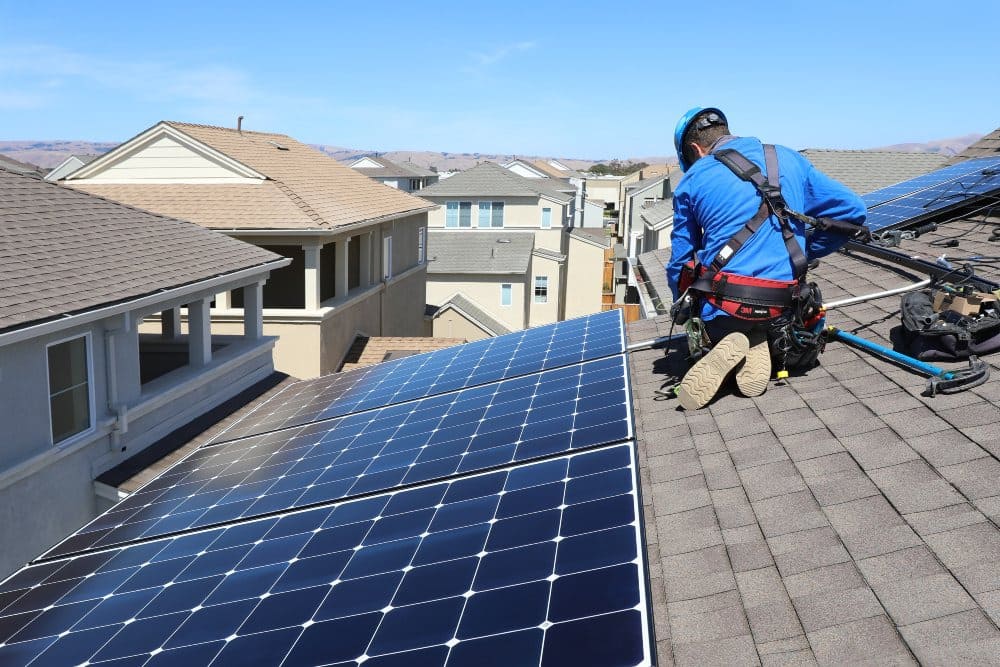
PV panel roof installer
● Harnesses: Full-body harnesses (ANSI Z359.11-compliant) distribute fall forces across the torso, shoulders, and thighs. Featuring adjustable straps, dorsal D-rings, and padding, they secure workers on rooftops or elevated arrays. Integrated tool loops and flame-resistant materials (NFPA 70E) ensure compatibility with electrical environments while preventing suspension trauma during rescue.
● Lanyards: Shock-absorbing lanyards (ANSI Z359.13-rated) with tear-resistant webbing minimize arrest forces to ≤1,800 lbs. Self-retracting or fixed-length designs include swivel hooks for tangle-free movement on sloped roofs. Energy absorbers deploy during falls, while dual-leg variants allow temporary hands-free repositioning near panel edges or skylights.
● Anchors: Roof anchors (OSHA 1926.502-compliant) withstand ≥5,000 lbs. Permanent models bolt to rafters; temporary ones use weighted bases or vacuum suction for non-penetrating setups on solar arrays. Adjustable trolleys enable horizontal movement along rails, while rebar anchors secure workers during ground-mounted system installations.
● Lifelines: Horizontal lifeline systems (ASTM E2356-tested) span rooftops or arrays, allowing mobility while tethering to anchors via carabiners. Wire-rope or synthetic cable options include built-in tensioners to limit sag. Vertical versions integrate with ladder cages or tilt-up racking, rated for two workers (≥6,000 lbs) during maintenance or panel replacements.
● Self-Retracting Devices (SRLs): Compact SRLs (ANSI Z359.14-certified) automatically lock during falls, deploying ≤24 inches to reduce collision risks. Leading-edge models resist sharp array components, while explosion-proof variants suit battery storage areas. Integrated swivels prevent twisting, and inertia-sensitive brakes guarantee immediate stops during rooftop slips or scaffold missteps.
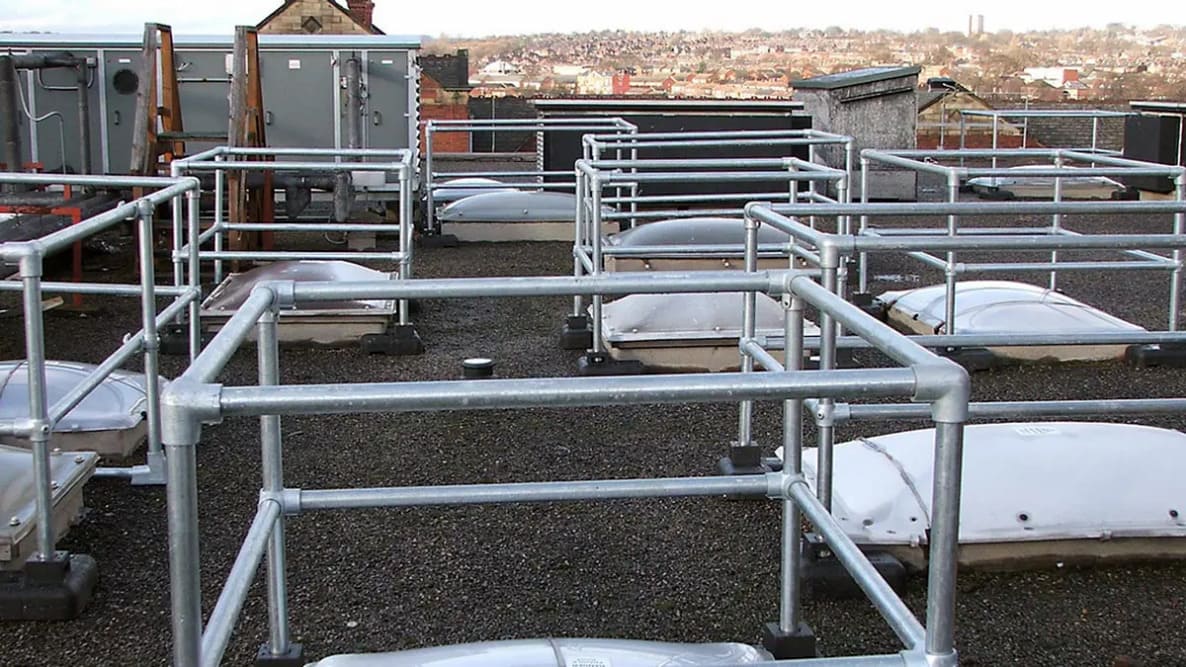
Skylight guardrail gallery
Proper training in fall prevention is also critical. Workers should be trained in the correct use of harnesses and fall arrest systems. Certification programs help workers understand how to properly secure themselves and what safety procedures to follow in the event of a fall. Training should also include safe methods for climbing and working on roofs to avoid unnecessary risks.
Fire safety equipment
Fire safety is a cornerstone of solar installation due to risks posed by electrical systems, lithium-ion batteries, and high-temperature components.
Class C fire extinguishers, designed for electrical fires, must be readily accessible on-site. Fire extinguishers in this class use non-conductive agents like CO₂ or dry chemical powders to suppress flames without risking electrocution.
For broader fire risks, multipurpose ABC-rated extinguishers address combustible materials, flammable liquids, and electrical sources. Emergency response kits should include first aid supplies tailored to burns, such as sterile dressings and cooling gels, alongside thermal blankets to manage shock.
Smoke detectors and heat sensors installed in battery storage areas or near inverters provide early warnings, while automatic suppression systems, like clean-agent fire suppression, can extinguish flames in enclosed spaces without damaging sensitive electronics.
Fire-resistant barriers, such as flame-retardant mats or blankets, are critical when welding or soldering near combustible materials. Workers must also be trained to de-energize systems using lockout/tagout (LOTO) protocols before addressing fires, as live circuits can reignite sparks.
Tools and Equipment for Safe Installations
Using the proper tools and equipment is just as important as wearing the right PPE. Specialized tools help reduce the risks associated with solar panel installation and improve overall efficiency. Here are some essential tools designed to improve safety during installations:
Insulated Tools
Working with electrical systems requires special care, especially when handling solar panel wiring. Insulated tools, such as torque wrenches and cable cutters, are essential for preventing electrical conduction and minimizing the risk of electrocution. These tools are coated with materials that act as insulators, ensuring that workers are protected from live electrical currents during the installation process.
Thermal Cameras
Thermal cameras are incredibly useful in detecting potential solar panel hazards related to overheating components or faulty connections. By scanning the panels and wiring for signs of overheating, workers can identify and fix problems before they cause system failure or fires. Overheating is a common issue in solar panels that can lead to long-term damage or safety risks, and using thermal cameras as a proactive measure can help mitigate these dangers.
Solar Panel Lifters
One of the key risks during solar panel installation is manual handling injuries. Panels can be heavy and awkward to carry, making it easy to strain muscles or cause other injuries. Solar panel lifters are specially designed tools that reduce the amount of manual handling required. These machines allow workers to lift and position panels with minimal physical exertion, improving safety while increasing installation speed and efficiency.
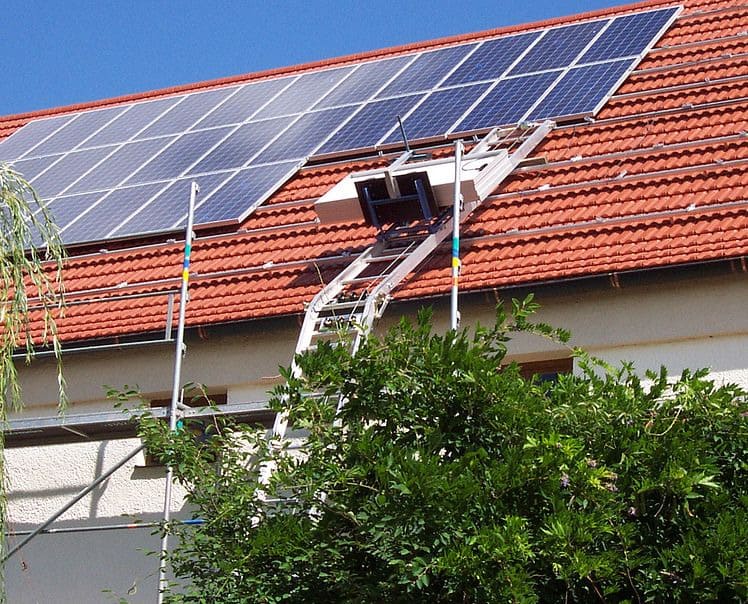
Solar panel lifter
Safety Precautions and Best Practices for Solar Safety Equipment
Reducing risks during solar panel installations requires not just proper solar safety equipment, but also a combination of safety protocols and equipment. By combining solar panel protective equipment with effective safety measures, installers stay protected throughout the installation process. Below are key safety practices focused on both equipment and procedures.
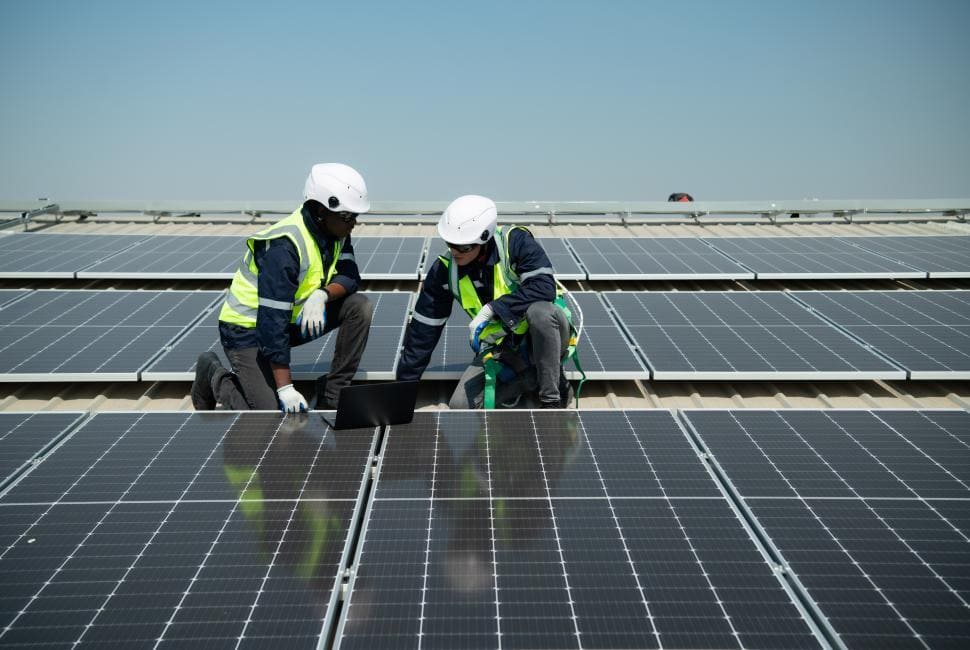
Solar installation teamwork
Pre-Installation Protocols
Before installation begins, it’s crucial to conduct a site inspection to identify hazards such as unstable surfaces, overhead power lines, and weather-related risks. Checking the stability of the roof or installation surface and evaluating nearby obstacles—like trees or structures—helps identify potential solar panel hazards that could affect the installation.
Once the site is deemed safe, it is essential to follow Lockout/Tagout (LOTO) procedures. This involves de-energizing the solar system before starting work to prevent accidental activation. Properly marking power sources as "locked out" prevents electrical systems from being activated during the installation process, minimizing the risks of solar energy and electrical shock.
In environments where moisture is present, such as during rainy weather or on wet rooftops, GFCI outlets are essential. These outlets prevent electrical hazards by automatically cutting off power if a ground fault is detected, especially when using equipment that could come in contact with water. GFCIs are necessary for reducing the dangers of solar panels and electrocution risks when working in damp conditions.
Emergency Preparedness Equipment
Even with proper safety precautions, accidents can happen. That’s why every worksite must be equipped with a well-stocked first aid kit, including supplies like bandages, burn gels, and an AED (Automated External Defibrillator) for immediate care in case of electrical shock or injury. These supplies are essential for treating injuries until professional medical help arrives.
Risk Assessment
Before starting any installation, a thorough risk assessment should be carried out to identify potential hazards such as roof pitch, proximity to power lines, or extreme weather conditions. By identifying these risks upfront, workers can better plan and take necessary precautions to avoid danger during installation.
Incident Reporting and Safety Training
A well-established incident reporting system helps track near-misses, accidents, and injuries. Documenting these incidents provides valuable insights that can improve safety protocols and identify areas of improvement. Proper reporting leads to corrective actions that refine the safety procedures and help prevent future accidents.
By combining effective solar safety equipment with these best practices and protocols, the risks associated with solar panel installations can be minimized, creating a safer work environment for all involved.


